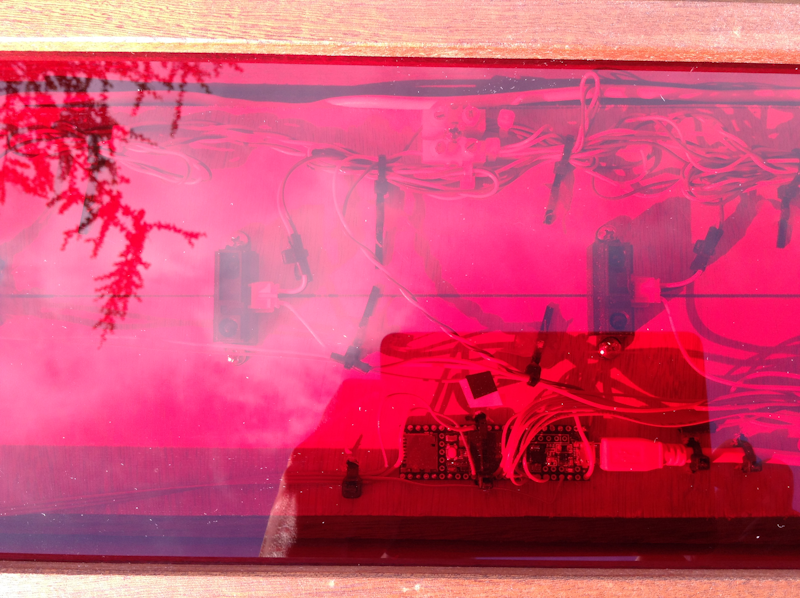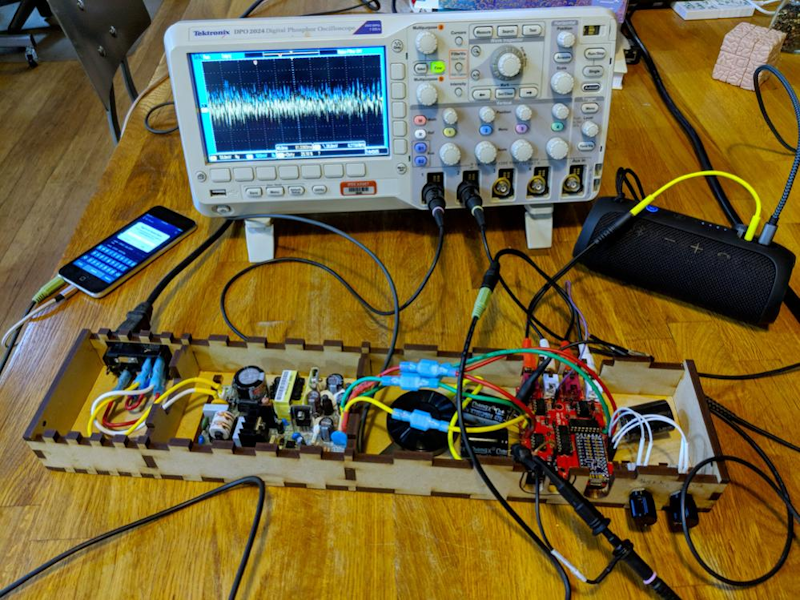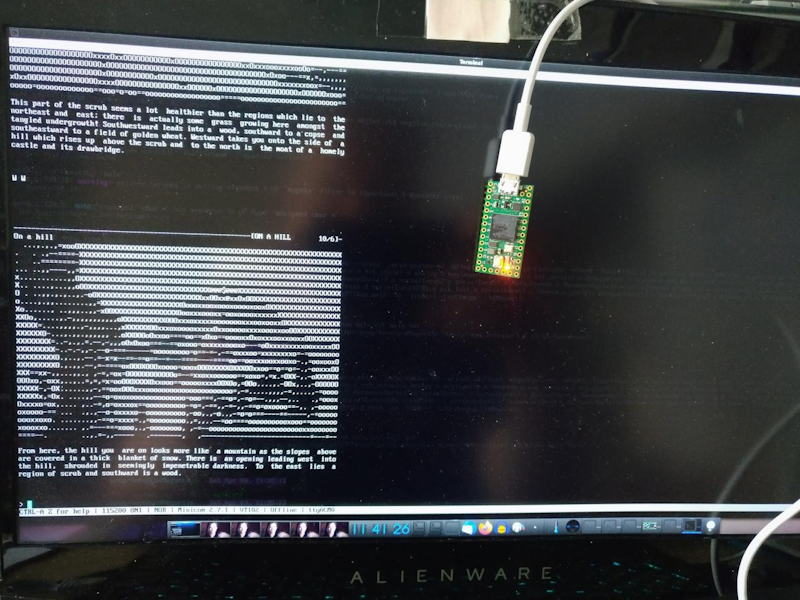Teensy forum member Jean-Marc, who you may recall from his Teensy 4.0 Atari 520ST Emulator, is back with some exciting updates on the project.

For starters, as fun as it is to output the display to a tiny 320×240 TFT screen, some tasks are more practical on a “real” monitor — which is now possible thanks to the addition of VGA output.

In addition to its groundbreaking GEM-based GUI, the ST excelled in audio, with Cubase and Logic Pro both originating on the platform. Two standard 5-pin DIN MIDI ports allowed the computer to talk to other instruments as well, and thanks to Teensy’s USB MIDI support, sequencers running in the emulator can also output to real MIDI devices (with the appropriate dongles).
Complete project details and updates can be found on GitHub. Note that a Teensy 4.1 with PSRAM added is required for full 640×400 display resolution.
















